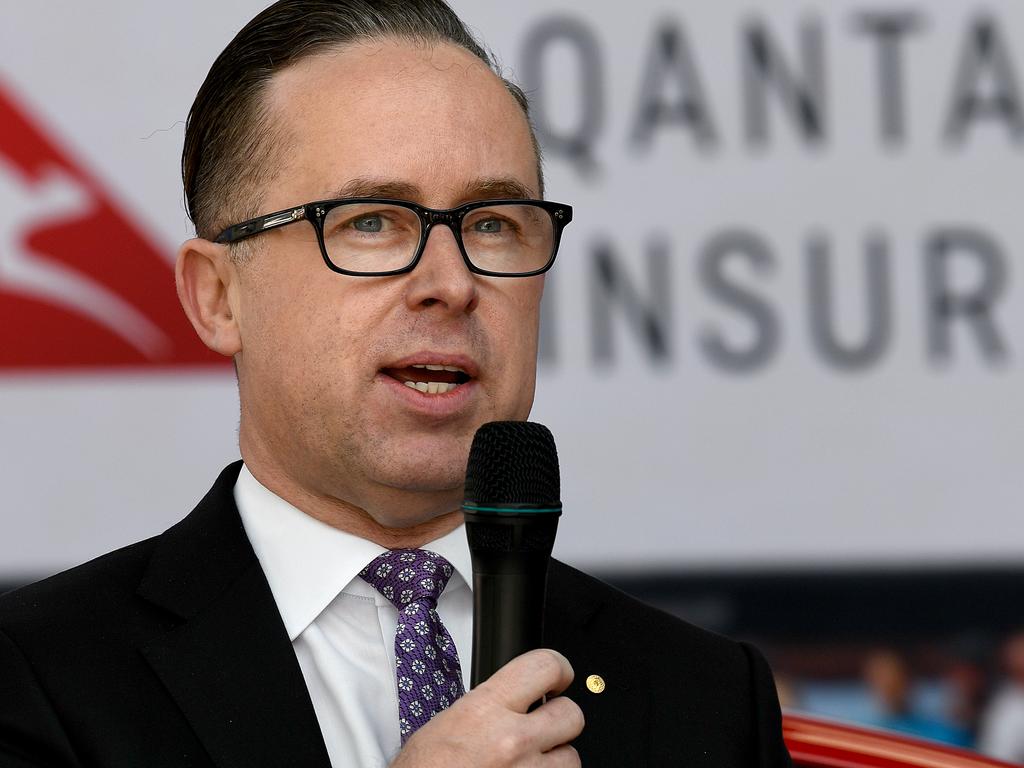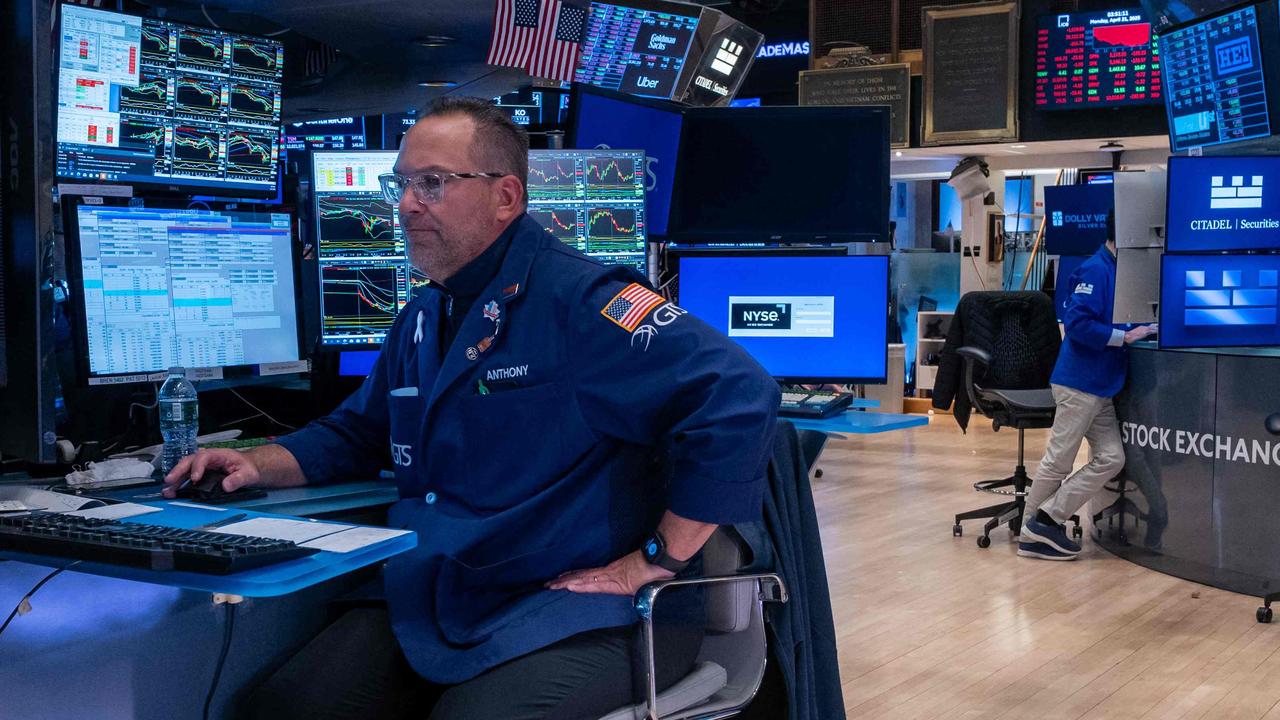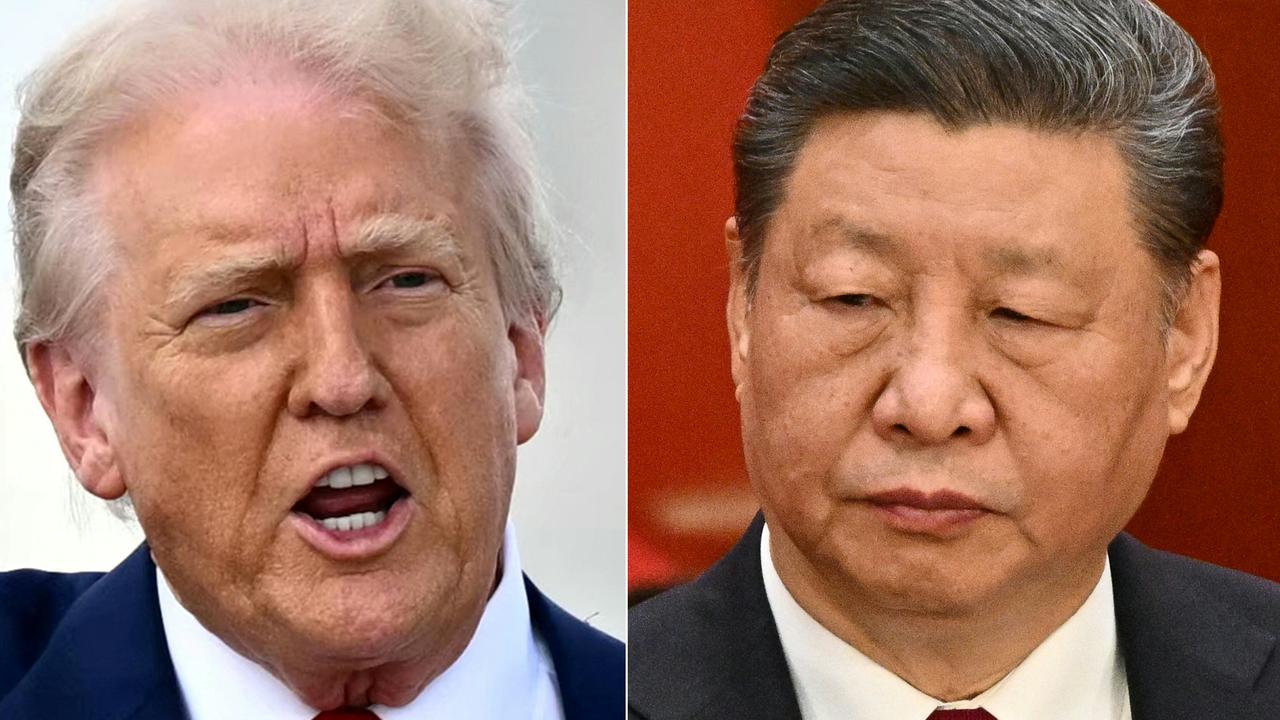
After hitting a record high of 7197.2 points following new highs on Wall Street and a plethora of earnings reports from local companies, the S&P/ASX 200 index finished up 0.3 per cent at a record daily close of 7162.5.
The market has risen 7.2 per cent so far this year after surging 18.3 per cent in 2019 after central banks slashed interest rates in response to slower economic growth.
Among the companies that reported results on Thursday, Qantas rose 5.6 per cent, Lendlease rose 6.7 per cent, Iluka rose 6.4 per cent, Coca-Cola Amatil gained 8.6 per cent, and Perpetual jumped 11 per cent, while Whitehaven Coal fell 5.5 per cent, Domain Holdings lost 6.3 per cent and Iress fell 5.7 per cent.
A number of share prices of major companies - including CSL, Woolworths, Wesfarmers, Macquarie Group, ResMed, Cochlear, Transurban, Aristocrat and Afterpay Touch - set new record highs.
China’s Shanghai Composite rose 1.8 per cent and Japan’s Nikkei 225 gained 0.3 per cent, but South Korea’s KOSPI fell 0.7 per cent after a surge in coronavirus cases.
The Australian dollar fell 1 per cent from US66.95c to US66.30c — its lowest point since March 2009 — and the yield on 10-year commonwealth government bonds fell 6 basis points to 0.984 per cent after the nation’s unemployment rate rose to 5.3 per cent versus 5.2 per cent expected by economists. The data led traders to expect the RBA to cut rates again by August.
The demand impact of the bushfires and China’s coronavirus outbreak point to a gradual lift in the unemployment rate and the RBA is likely to cut interest rates again in April, according to CBA.
“CBA’s Australia PMIs may show how much disruption the travel bans from China to Australia have caused the tourism and education sectors in February,” said CBA currency strategist Kim Mundy.
After the close of trading, the government extended a controversial travel ban for foreign nationals leaving China for a fourth week to February 29 because of the coronavirus outbreak, a decision which risks further disruption to Australia’s education and tourism exports.
The Aussie dollar also lost ground because of a fall in the Chinese yuan. The offshore renminbi hit a two-month low of 7.0406 to the US dollar after the People’s Bank of China set the official rate above 7 per cent for the first time since December, while also cutting its one and five-year prime lending rates by 10 and 5 basis points respectively as expected, in a further effort to shore up the economy.
“If the sentiment improves over the next few weeks as new virus cases are dropping, they will hold fire for a while, but reserve ratio cuts for banks are still possible if growth fails to pick up,” said Raymond Yeung, chief China economist at ANZ Bank.
In a policy report on Wednesday, the PBoC said the economic impact of the coronavirus would be “short-lived” and “limited in terms of duration and scope”.
The central bank added that it would promote consumption and investment to boost domestic demand but maintaining room to manoeuvre on monetary policy, suggesting no aggressive easing.
A report by S&P that China’s growth will slow to just 5 per cent in 2020 also weighed on the yuan and the Australian dollar.
While China reported only 349 new confirmed cases for Wednesday versus almost 2000 for Tuesday Ms Mundy said any short-term support from news of falling infection rates would be short-lived.
“The “hard” economic data will weigh on yuan when the full extent of the impact of the widespread shutdowns in China becomes apparent,” Ms Mundy said. “Soft Chinese economic data will also flow through to a softer (Australian dollar).”








The Australian sharemarket hit a fresh record high, the dollar tumbled to an 11-year low and government bond yields slipped after a rise in unemployment fuelled bets of a further interest rate cut by the Reserve Bank, while China delivered more policy stimulus to offset the coronavirus outbreak.